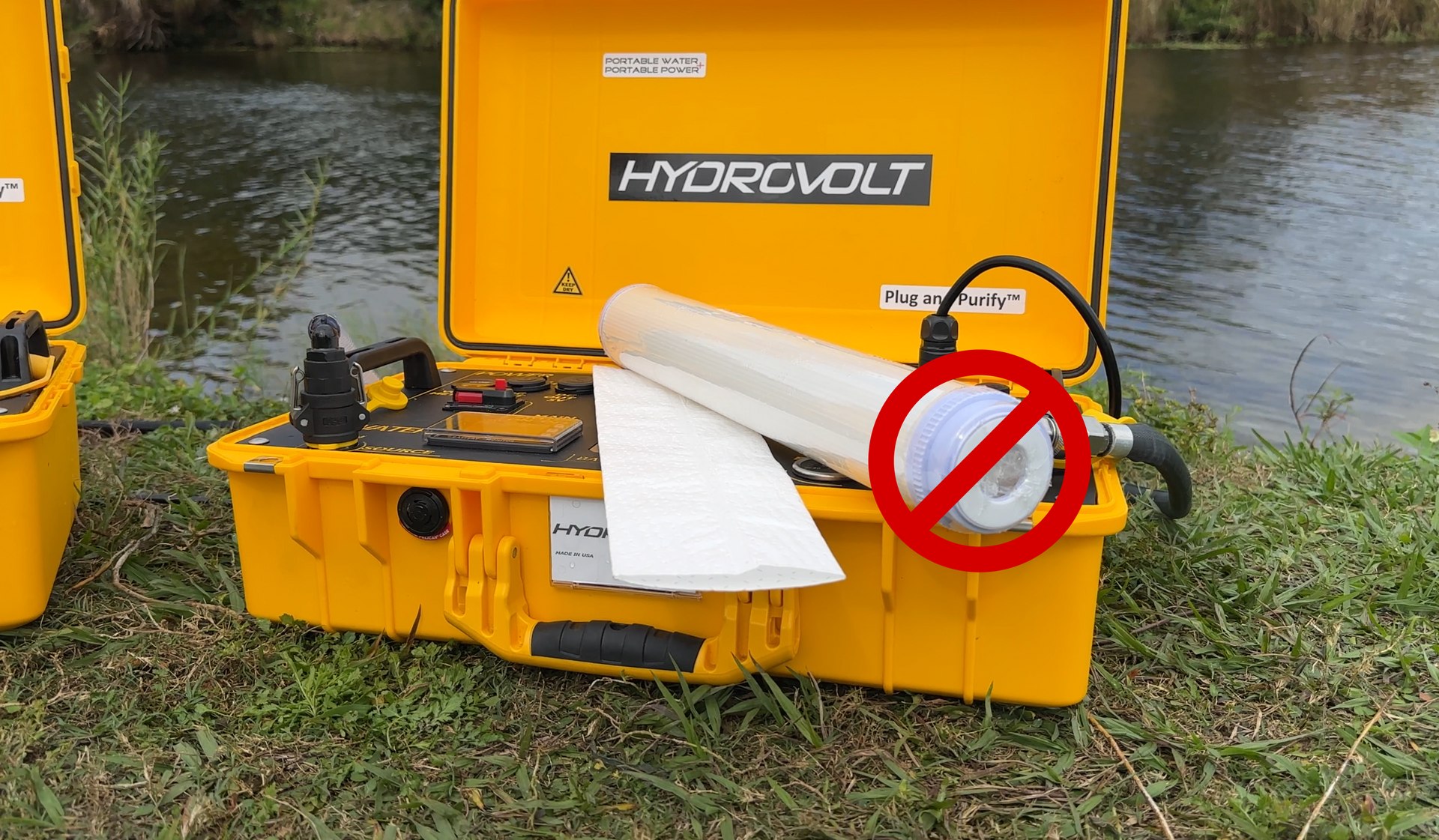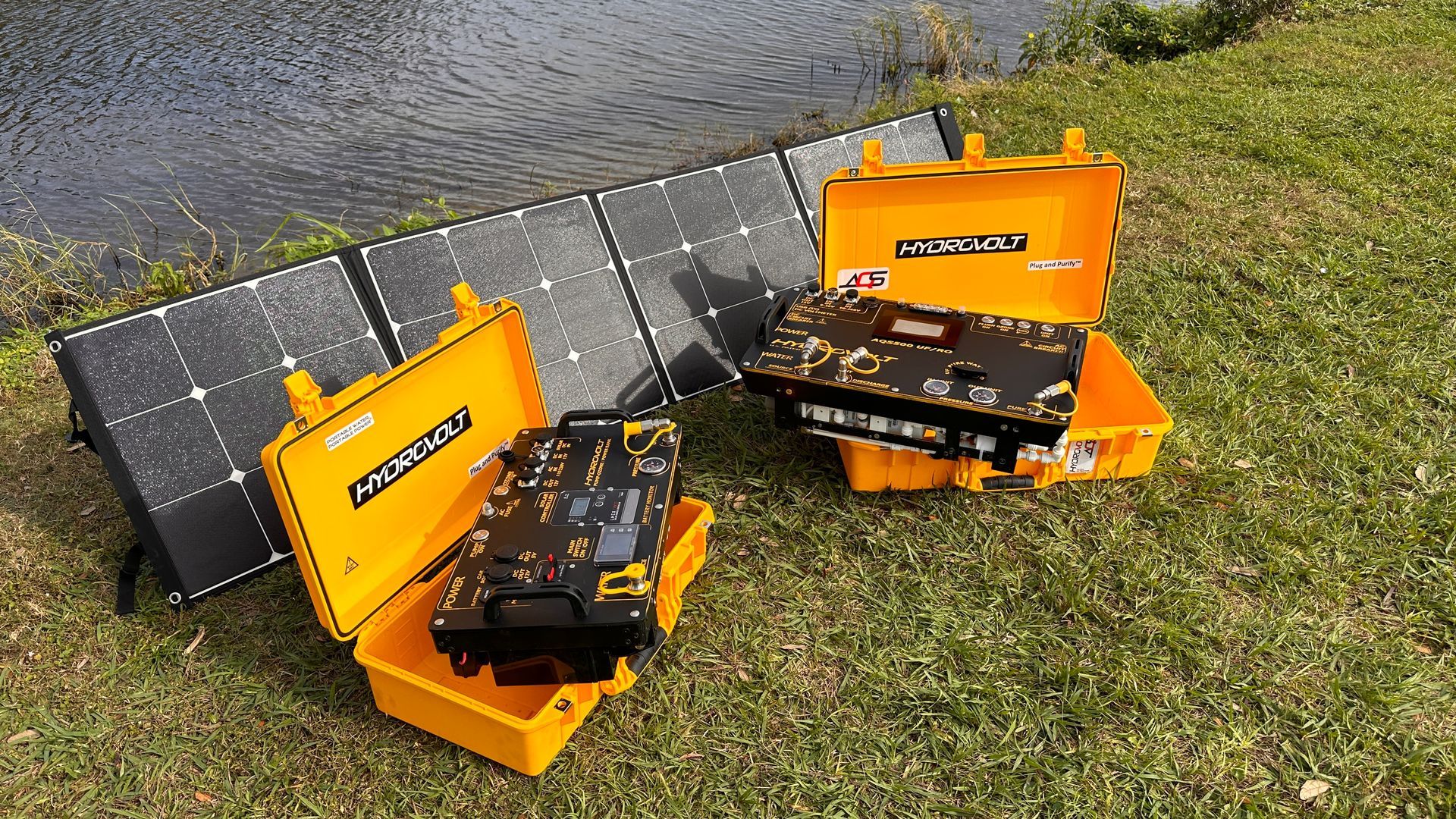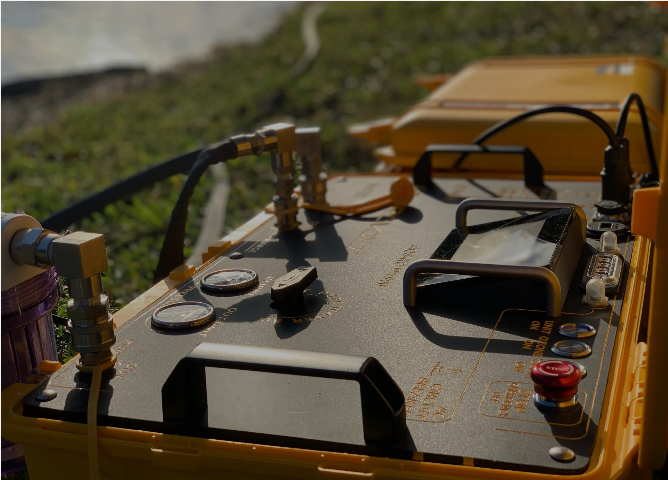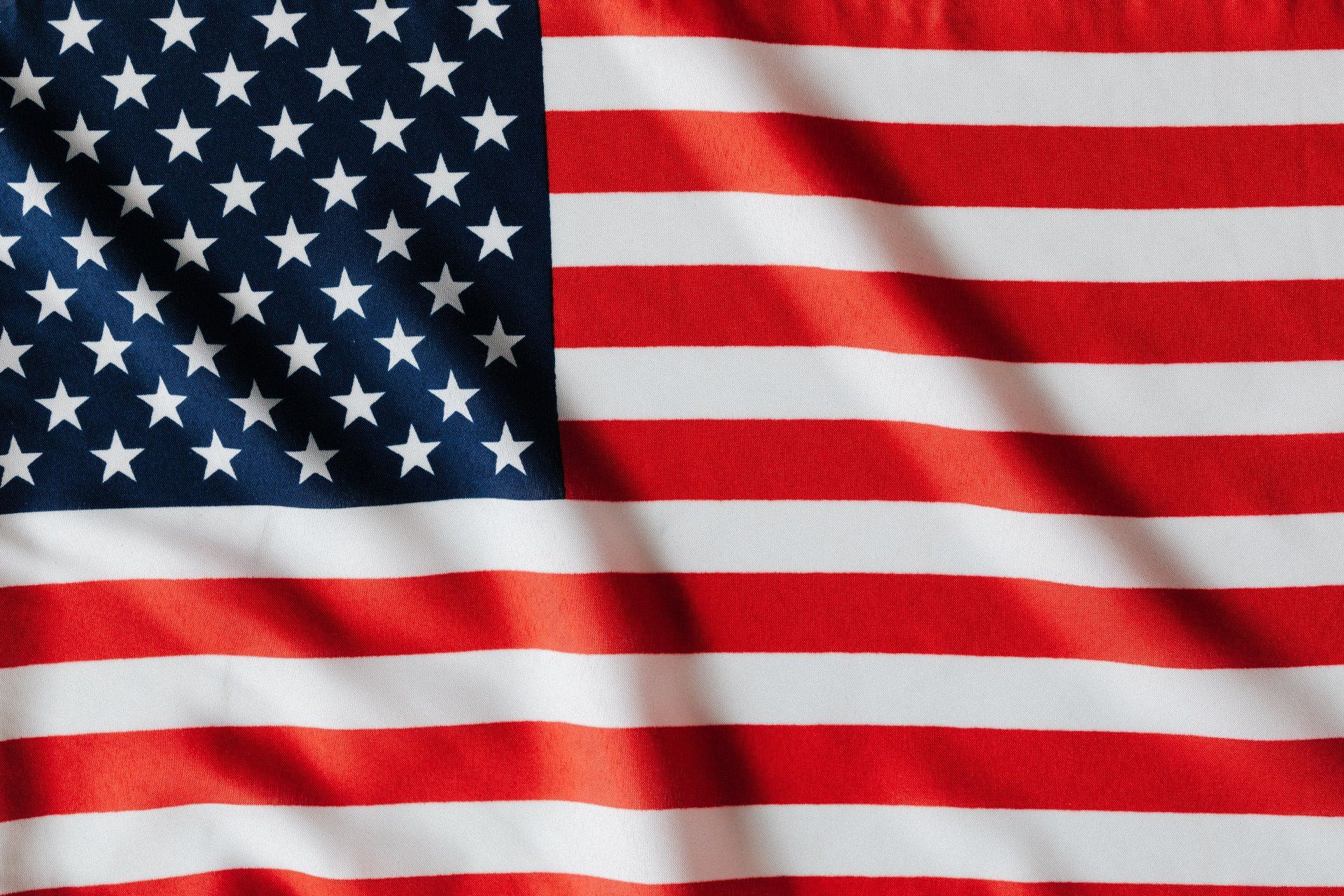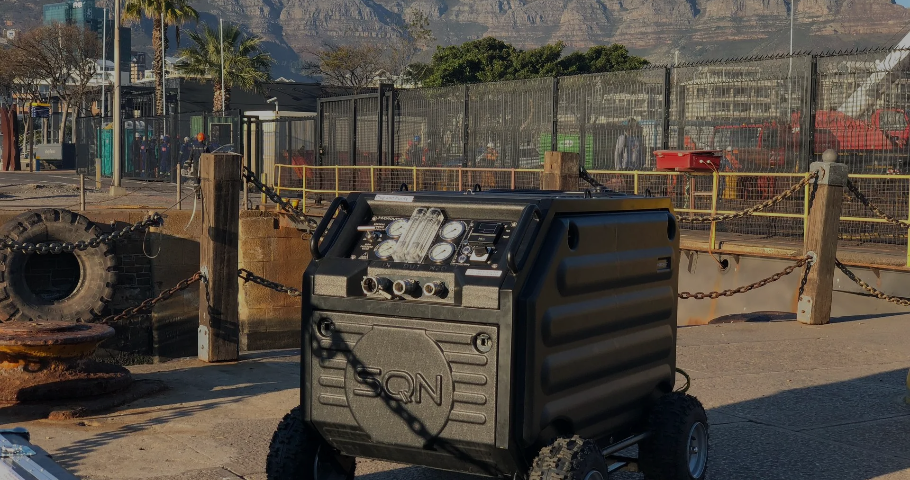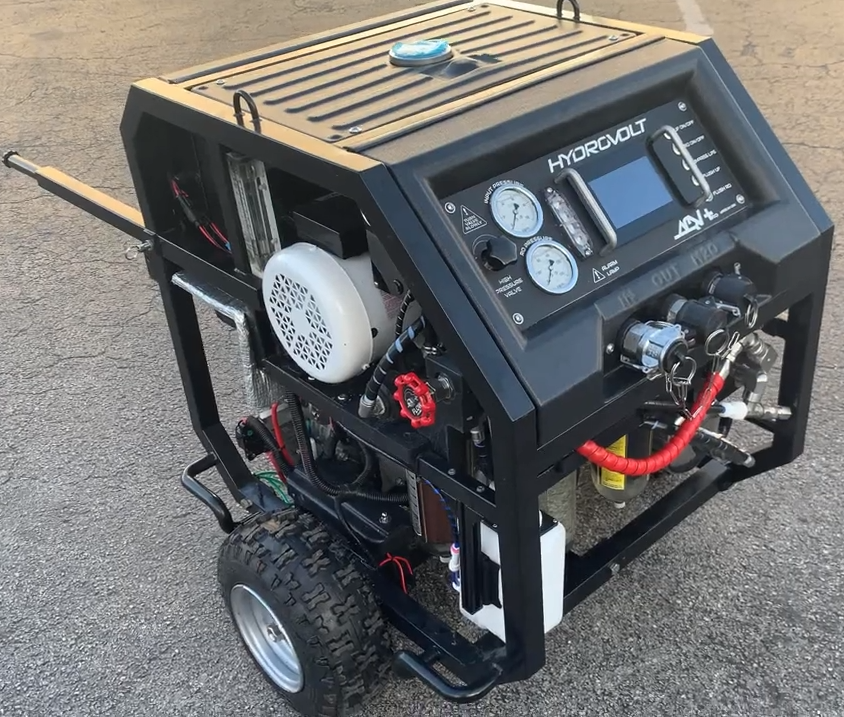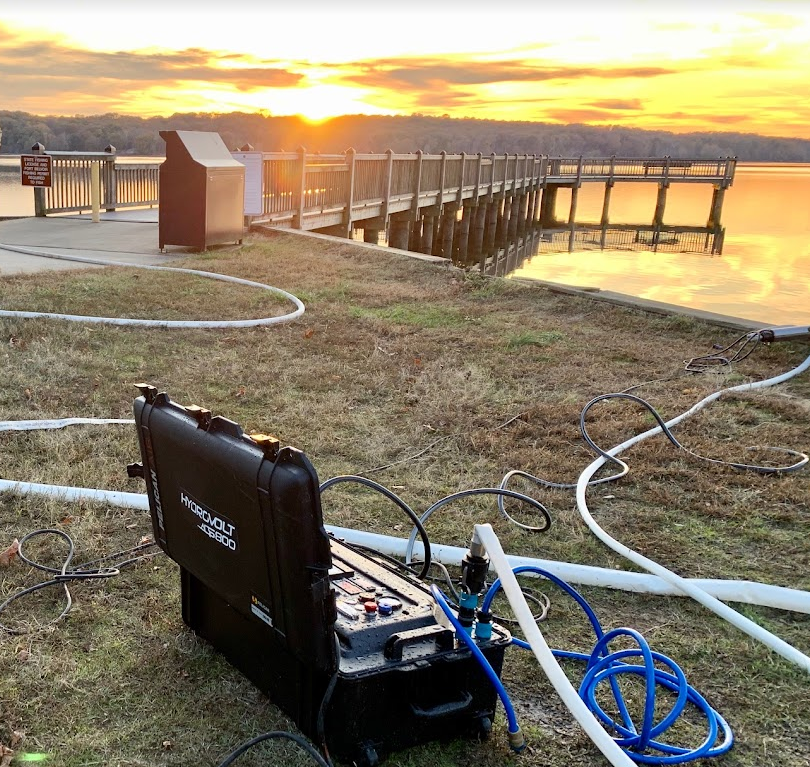HydroVolt: Access to Pure Water. Anywhere. Anytime.
Disaster Mitigation and Response capability at the Community Level.
Certainty. Safety and Freedom.
The Importance of Emergency Water Preparedness: Offer your community a backup plan.
Emergency Water & Power
Provide your community the most timely disaster survival equipment available.
Post Disaster Safety & Resilience
FEMA will eventually arrive with bottled water, but CDC permits the option of emergency water purification.
Water Independence
Your community does not have to wait for aid to arrive to address water needs.
Good News for U.S. Citizens: Samaritan’s Purse Opens the Door to Water Mitigation Plans for Emergencies
In a world where extreme weather events, natural disasters, and infrastructure breakdowns are becoming increasingly common, access to clean water during emergencies has never been more critical. Fortunately, there’s good news for U.S. citizens: the renowned humanitarian organization Samaritan’s Purse has unveiled an initiative to help individuals and families across the country develop comprehensive water mitigation plans. This initiative will make it easier for Americans to access emergency water purification equipment, ensuring safe drinking water when traditional delivery methods, like bottled water, are unavailable due to road blockages or other disruptions.
The Growing Need for Emergency Water Solutions
Recent events highlight the urgency of this initiative. In September 2023, Hurricane Idalia ravaged parts of the Southeastern United States, including North Carolina, leaving widespread damage in its wake. Flooding from heavy rains contaminated local water supplies, leaving residents without access to safe drinking water. In many areas, roads were damaged or blocked by debris, making it impossible for relief teams to deliver bottled water quickly. The aftermath of Idalia demonstrated once again how vulnerable communities are to water shortages in the wake of disasters.
North Carolina was particularly hard-hit, with severe flooding displacing thousands of people and cutting off access to clean water. Emergency response teams worked tirelessly to provide aid, but the logistics of getting bottled water to affected areas were challenging due to impassable roads and damaged infrastructure.
According to the Federal Emergency Management Agency (FEMA), water is the most critical resource in an emergency. The average person can survive only three days without water, making it essential for every household to have a plan in place. FEMA recommends storing at least one gallon of water per person per day for drinking and sanitation, but stockpiling water isn’t always practical, especially when disaster strikes unexpectedly or lasts for extended periods.
Samaritan’s Purse and Water Mitigation Plans
Samaritan’s Purse, known for its impactful disaster relief efforts globally, has now turned its attention to equipping U.S. citizens with the tools they need to ensure a reliable supply of water during emergencies. Their initiative centers on providing access to affordable, portable emergency water purification systems, which eliminate the need to rely solely on bottled water deliveries. These systems can purify water from lakes, rivers, and other sources, making it safe to drink even when traditional water supplies are contaminated or inaccessible.
Franklin Graham, the president of Samaritan’s Purse, said in a recent statement, "We have seen firsthand the devastation caused by disasters, where access to clean water becomes a life-and-death issue. Our mission is to empower families to be prepared and self-reliant, ensuring they have the means to access safe water, no matter the circumstances."
How the Water Purification Systems Work
The emergency water purification equipment made available through Samaritan’s Purse utilizes a combination of filtration and UV sterilization to remove harmful bacteria, viruses, and contaminants from natural water sources. With the ability to filter thousands of gallons of water per day, these portable systems are designed for use in remote areas, disaster zones, and emergency situations.
Here are some of the key features of these purification systems:
Portability: Compact and lightweight, ideal for use in both urban and rural areas.
Easy Operation: Designed for simple, intuitive use, so anyone can operate the system without specialized training.
High Capacity: Some models can purify up to 6,000 gallons of water per day, providing more than enough for families and small communities.
Durability: Built to withstand harsh environments, these systems can function even in the most challenging conditions.
Reducing Dependence on Bottled Water Delivery
One of the most significant benefits of this initiative is the reduced dependence on bottled water deliveries during emergencies. During hurricanes, wildfires, or earthquakes, damaged roads and transportation systems often prevent the timely delivery of bottled water to those in need. For example, during Hurricane Maria in 2017, Puerto Rico’s water supply infrastructure was severely damaged, leaving millions without access to clean water for weeks. Emergency bottled water deliveries were delayed due to road blockages, making the crisis even worse.
Similarly, Hurricane Idalia underscored how fragile water supply chains can be when roads are blocked or damaged. With access to portable water purification systems, families no longer have to rely on delivery services. They can immediately access and purify water from local sources, whether it’s rainwater, rivers, or reservoirs, ensuring they have a consistent, clean water supply throughout the emergency.
Current Events Highlight the Need for Self-Reliance
The importance of water mitigation plans has become even more apparent in light of recent global events. As climate change continues to increase the frequency and intensity of natural disasters, the ability to access clean water independently becomes more critical. According to a report from the United Nations, climate change is exacerbating water stress, with over 2.3 billion people globally facing shortages.
In the United States, disasters like hurricanes, wildfires, and even droughts are on the rise. In North Carolina alone, residents have faced multiple natural disasters in recent years, from hurricanes like Florence in 2018 to the recent devastation of Hurricane Idalia in 2023. With predictions of worsening weather conditions, having a reliable source of emergency water is no longer a luxury—it’s a necessity.
Samaritan’s Purse is offering U.S. citizens a proactive solution to these growing challenges. By equipping families with portable purification systems, the organization is helping Americans build resilience in the face of increasingly frequent and unpredictable disasters.
How You Can Get Involved
Samaritan’s Purse is making it easier than ever for families to take action. Through their website, U.S. citizens can learn more about the water mitigation plans, purchase emergency purification equipment, and access educational resources on disaster preparedness.
This initiative is more than just a response to the current water crisis—it’s an opportunity for every family to safeguard their future. By investing in portable water purification systems, citizens can ensure that they are never left without access to clean water, no matter the emergency.
Join Samaritan’s Purse in this mission to create a more resilient, water-secure future. Together, we can reduce our dependence on external water deliveries and take control of our own water supply. With these emergency purification systems, every family can have peace of mind, knowing that safe drinking water is always within reach.
Conclusion
As the global water crisis continues to intensify due to climate change, natural disasters, and infrastructure failures, the ability to access clean water during emergencies is more important than ever. Samaritan’s Purse is providing a lifeline to U.S. citizens by offering water mitigation plans and emergency purification systems that empower families to be self-reliant. These solutions not only reduce the dependence on bottled water deliveries during crises but also ensure that every household can access safe water when it's needed most.
With this initiative, Samaritan’s Purse is helping build a future where clean water is always accessible, no matter what challenges arise.
References:
FEMA – Water: The Most Important Resource During an Emergency
United Nations – UN World Water Development Report 2021
World Health Organization (WHO) – Water and Climate Change
Samaritan’s Purse – Disaster Relief Programs and Initiatives
BBC – Hurricane Maria and Water Crisis in Puerto Rico
The New York Times – Maui Wildfires 2023 and Water Infrastructure Impact
The Guardian – Hurricane Idalia Leaves Thousands Without Power and Clean Water
A Solution for your Community
Hurricane Season, Earthquake, or unexpected water shortage from any other potential reason can cause a tremendous stress on the strongest and most vulnerable neighborhoods and or communities.
A New Tool for your Disaster Mitigation & Relief Plan
According to the Obama
National Preparedness Directive
from 2011: Our preparedness "is the
shared responsibility of all levels of government, the private and nonprofit sectors,
and individual citizens."
Resource Allocation
Resource allocation during emergencies is typically based on the severity of the situation and the number of lives at risk.
Self-reliance emphasizes emergency preparedness, highlighting the importance of understanding potential emergencies and creating response plans.
This approach, combined with community and individual preparedness efforts, enhances resilience against diverse emergencies, ensuring that both urban and rural areas can effectively manage risks with minimal external aid. This strategy supports quicker responses and recovery, promoting national and individual sustainability and safety.
(561) 645-0351
Reach out to us for a quote or more information.

Copyright © 2025 HydrEvolve, Inc.

